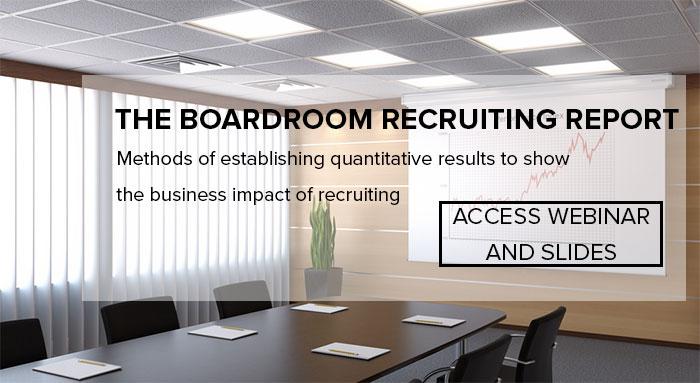 Happy Valentine's Day! This day is typically celebrated with significant others, and maybe family and friends, but don't forget your coworkers and employees also. No, you don't have to give them a card or a bouquet of flowers, but a small gesture of appreciation goes a long way with employee engagement. This week's hiring and recruiting news roundup will show you how to engage your employees, and build your employment brand, with love.
Happy Valentine's Day! This day is typically celebrated with significant others, and maybe family and friends, but don't forget your coworkers and employees also. No, you don't have to give them a card or a bouquet of flowers, but a small gesture of appreciation goes a long way with employee engagement. This week's hiring and recruiting news roundup will show you how to engage your employees, and build your employment brand, with love.
Employee Engagement: The Challenge - Method3 - Many challenges in employee engagement come from conflicts of interest between different groups of employees, different recruiting processes, and even different objectives. Part of overcoming this challenge is knowing where these conflicts of interest happen in your organization. For example, with any change in company culture or engagement program, there's no way you'll be able to please every employee.
3 Characteristics of Compelling Employment Branding - The RPO Hub - Ultimately, you're employment brand is what your employees, former employees, and potential candidates think about your company. You can only tell people what to think for so long, but this doesn't mean you shouldn't have any ideas as to what you want your employment brand to be. Along with having a clear concept of your employment brand and of what you want employees and potential candidates to experience when interacting with your company, you also need to recognize that your employees are your most unique asset.
Getting Employee Engagement from the Get-Go - Society for Human Resource Management - Employee engagement begins with the hiring process, well before you've hired a candidate and have started the onboarding process. Good engagement needs to start with the interview and the application process, and those steps needs to reflect company culture and make a solid first impression. After all, candidates are already coming into the interview (and perhaps the application) with a sense of what your employment brand is. Therefore, you want to reinforce the positives and the overall experience. You don't want to do the opposite and leave candidates confused about who you are as an employer.
Narcissist: Why the Best Candidates Don't Always Become the Best Leaders at Your Company - The HR Capitalist - Sure, engaged employees become engaged leaders. But, the most engaged employees may not be the best employees, and the best employees may not become the most engaged leaders, or leaders at all. A new study from the University of Nebraska found that those who self-nominate and self-identify more than the average person are more likely to become leaders, but those qualities don't have a direct relationship with leadership success. The point: the best potential leaders may be those you have to encourage into a leadership position, as everyone who volunteers for it may not be a good fit.
According to a recent study (August 2012), the Boston Consulting Group found that out of all HR functions, recruiting has the highest impact on revenue growth and profit margins. If you're not able to engage employees and recruit the best, then the hidden earning potential of recruiting may be lost. In our hour-long webinar called "The Boardroom Recruiting Report," you will learn:
- Methods of establishing quantitative results to show the business impact of recruiting.
- Examples of the potential cost savings associated with recruiting.
- A method for calculating the true cost of turnover.
- Metrics to link lost revenue associated with recruiting and speed of hire.
- A method to measure the revenue impact associated with quality of hire.
Access the "Boardroom Recruiting Report" webinar slides and video below:















